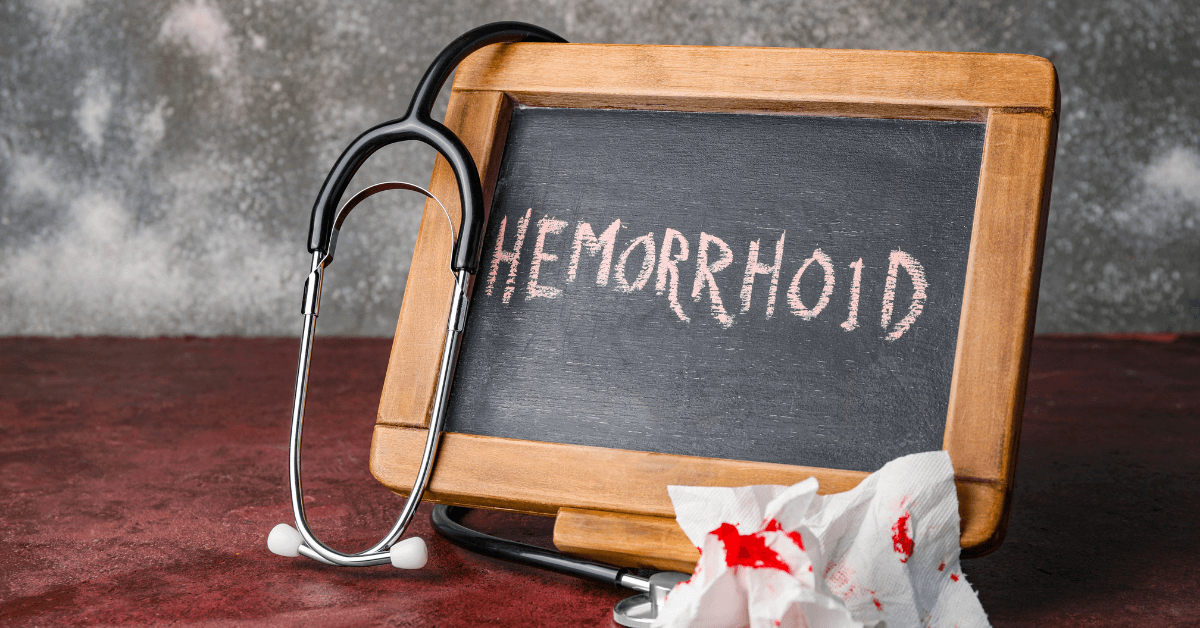Anal Abscess Cycle naturally causes significant confusion and chronic distress for many patients. An abscess is essentially an infected cavity filled completely with pus near the anal canal. Consequently, this painful infection requires immediate surgical drainage for urgent relief. However, the problem often does not completely end there for the patient. Unfortunately, drainage of that abscess frequently represents only the very first stage of a two-part issue. Therefore, understanding this subsequent progression is absolutely vital for effective treatment. We strongly advise seeking specialized care immediately for any recurring symptoms. The expert team at IBI Clinic specializes entirely in interrupting this chronic cycle permanently. We truly want you to achieve lasting comfort and health.
Understanding Anal Gland Infection
The root cause of Anal Abscess Cycle lies deep within the anal anatomy itself. We have several tiny, mucus-secreting glands located just inside the anal canal. These glands are small and usually completely harmless. However, when one of these glands becomes suddenly blocked, an infection can easily take hold. Blockage occurs when small foreign particles or stool enter the duct. Consequently, bacteria multiply rapidly within the completely enclosed space. The body naturally tries to contain this spreading infection immediately. This defensive containment mechanism creates a painful pocket of pus. Therefore, this infected, swollen cavity is officially known as an anal abscess. Anal Gland Infection is the initiating event that absolutely requires urgent intervention.
Here are the common symptoms of this Anal Gland Infection:
- Severe, Throbbing Pain: The pain worsens significantly when you sit or cough.
- Visible Swelling: You often notice redness and tenderness near the anus.
- Systemic Symptoms: You might experience chills, fever, or extreme fatigue.
- Fluctuance: The skin feels soft or compressible due to the trapped pus below.
Surgical drainage is necessary to completely eliminate the immediate infection quickly.
Drainage is Only the First Step
Surgical drainage successfully treats the acute, painful infection effectively. The surgeon makes a small incision to let the trapped pus drain out completely. Furthermore, this immediate drainage relieves the intense pressure and throbbing pain. However, drainage is merely the first essential step in this frustrating Anal Abscess Cycle. As many as fifty percent of patients who undergo abscess drainage eventually develop a fistula. Fistula Formation begins because the original infected gland is not truly removed. Consequently, the body often creates a small, abnormal tunnel immediately. This tunnel connects the initial infection site inside the anal canal to an external skin opening. This unwanted internal connection allows infection to persist or recur easily. Therefore, the drainage procedure addresses the symptoms but not the underlying chronic pathway.
The transition from abscess to fistula involves several key stages:
- Gland Blockage: A tiny anal gland becomes blocked and quickly develops infection.
- Abscess Formation: The infection creates a localized pocket of pus effectively.
- Surgical Drainage: The surgeon relieves the immediate acute pain and pressure.
- Fistula Tunneling: The body creates an unwanted tunnel from the gland to the outside skin.
- Chronic Drainage: The fistula starts persistent, low-grade drainage.
Understanding this progression is vital for effective, specialized management.
Fistula Formation and Recurrence
Fistula Formation represents the next chronic stage of The Anal Abscess Cycle. An anal fistula is essentially a persistent, abnormal tunnel. This tunnel tracks from the internal anal gland opening to a hole in the perianal skin. Consequently, patients notice recurrent drainage of pus or fluid from this external opening. This chronic drainage is the clearest indicator of an established anal fistula. Furthermore, the fistula may temporarily heal on the surface, but the internal tunnel remains open. This persistent internal connection means the infection invariably recurs. Therefore, the fistula creates a chronic cycle of recurrent swelling, pain, and drainage. Fistula Mapping is absolutely essential for effectively planning the definitive treatment. Without definitive treatment, this painful cycle will continue indefinitely.
Recognizing the signs of chronic Fistula Formation is important:
- Persistent Discharge: Fluid or pus consistently drains from a hole near the anus.
- Intermittent Swelling: The area swells and hurts, relieving itself with sudden drainage.
- Skin Irritation: The chronic drainage causes significant itching and skin breakdown.
- Recurring Abscesses: Infections keep returning in exactly the same location repeatedly.
A fistula rarely heals completely on its own without specialized intervention.
Surgical Interruption Strategies
Surgery is nearly always required to definitively treat an anal fistula successfully. The primary goal is to close the tunnel while completely preserving the sphincter muscle function. This sphincter preservation is absolutely vital to prevent fecal incontinence later. Therefore, experienced colorectal specialists utilize various sphincter preservation techniques. These advanced methods minimize damage to the muscle structure. For instance, a fistulotomy is effective for shallow or simple fistulas. Conversely, more complex cases require procedures like the LIFT or the Endorectal Advancement Flap. These specialized methods close the internal opening without cutting the critical muscle widely. IBI Clinic surgeons prioritize the best possible long-term functional outcome.
Here are the key sphincter preservation techniques used today:
- Fistulotomy: This involves opening the entire tunnel to allow natural healing from inside out.
- LIFT Procedure: This method accesses the tunnel between the sphincter muscles and avoids cutting them.
- Endorectal Flap: The surgeon covers the internal opening with local healthy tissue.
- Seton Placement: A silk or latex drain is placed to manage the infection before a definitive surgery.
Choosing the correct procedure based on precise Fistula Mapping is absolutely vital.
The Anal Abscess Cycle: The Role of IBI Clinic Expertise
The successful treatment of this chronic Anal Abscess Cycle requires specialized expertise immediately. General practitioners often lack the advanced training necessary for precise Fistula Mapping. Consequently, this lack of specific expertise can lead to incomplete treatment or recurrence later. IBI Clinic offers surgeons dedicated entirely to anorectal disorders. We utilize cutting-edge diagnostic imaging like MRI to completely map the fistula’s complex path. Therefore, we design a personalized surgical approach that protects the sensitive sphincter muscle entirely. Our specialized focus ensures the highest possible success rates and best functional outcomes. If you have experienced a draining abscess or recurrent symptoms, do not delay care. Take definitive action today and consult our dedicated specialists for lasting relief.



